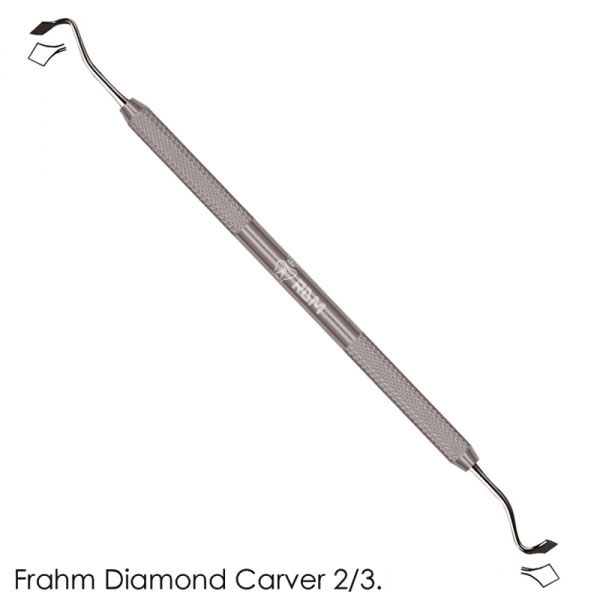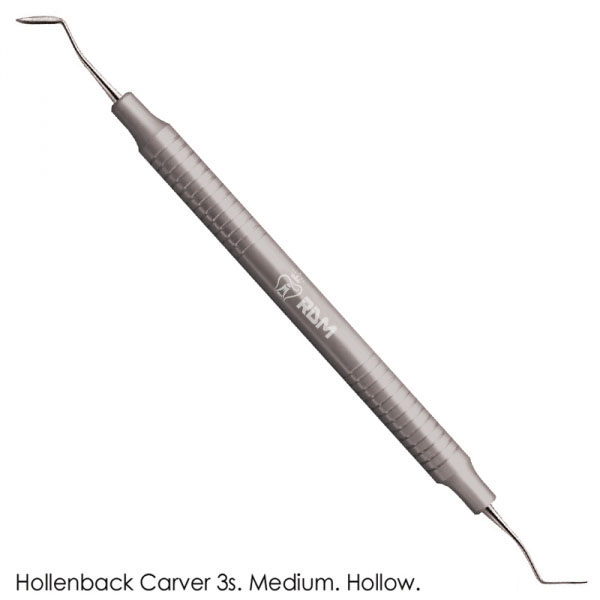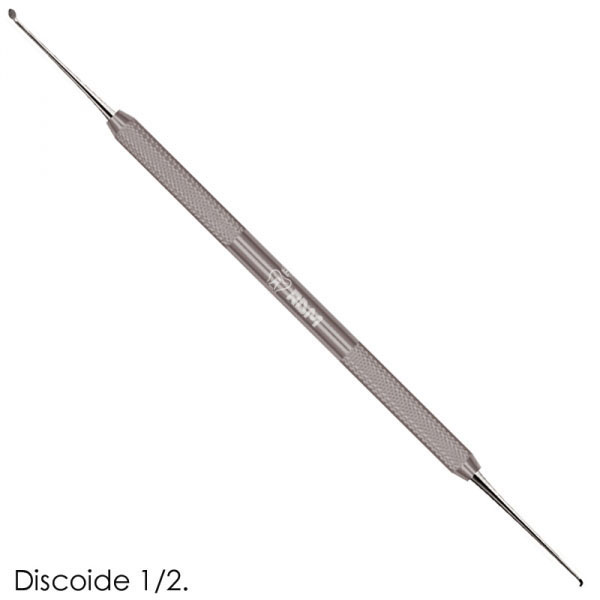Regarding dental restorations, two popular options are amalgam and composite fillings. Both serve the purpose of restoring teeth affected by decay or damage. They differ in various aspects, including appearance, durability, cost, and composition. This article will provide an in-depth comparison of amalgam and composite fillings to help you decide which type of dental restoration is best for you.
What Are Amalgam Fillings?
Amalgam and silver fillings have been used in dentistry for over a century. These fillings consist of metals, including mercury, silver, tin, and copper. The mercury in amalgam forms a strong bond with the other metals, creating a durable and long-lasting dental restoration.
What Are Composite Fillings?
Composite fillings, on the other hand, are made of a tooth-colored resin material. This filling is composed of a mixture of plastic and fine glass particles. Unlike amalgam fillings, composites can be closely matched to the natural color of your teeth, providing a more aesthetically pleasing result.

Appearance
Amalgam fillings have a distinct silver color, which can be noticeable when placed in visible areas of the mouth. In contrast, composite fillings are tooth-colored and blend seamlessly with natural teeth. This makes composite fillings an excellent choice for restorations in the front teeth or other visible areas.
Durability And Longevity
Amalgam fillings are known for their exceptional durability and longevity. They can withstand the forces of chewing and grinding over a long period without significant wear. Composite fillings, while durable, may not last as long as amalgam fillings, especially in areas with excessive pressure or heavy biting forces.
Cost Considerations
Regarding cost, amalgam fillings are generally more affordable than composite fillings. The materials used in amalgam fillings are less expensive, making them a cost-effective option for dental restorations. Composite fillings, on the other hand, tend to be more expensive due to the higher cost of the resin material and the additional time required for their placement.
Composition
As mentioned earlier, amalgam fillings are primarily made of a mixture of metals, including mercury. The use of mercury in dental restorations has raised concerns, and numerous scientific studies have confirmed the safety and effectiveness of amalgam fillings. Composite fillings made of plastic and glass particles are considered a mercury-free alternative.
Placement Procedure
The placement procedures for amalgam and composite fillings differ. Amalgam fillings require more tooth structure removal, as they need a broader area for placement. On the other hand, composite fillings are more conservative and require minimal tooth preparation. This makes composite fillings a preferable choice when preserving natural tooth structure is a priority.
Sensitivity To Temperature Changes
Amalgam fillings have a higher thermal conductivity compared to composite fillings. This means they can transmit temperature changes more effectively, potentially leading to sensitivity in some cases. Composite fillings have lower thermal conductivity, which makes them less sensitive to temperature fluctuations.
Repairability
Amalgam and composite fillings can be repaired if damaged or worn over time. Repairing amalgam fillings typically involves removing a significant portion of the existing fill, which can compromise the overall structural integrity. Composite fillings, on the other hand, can be easily repaired by adding more composite material without extensive removal.
Environmental Impact
Concerns about the environmental impact of dental restorations have led to increased interest in mercury-free alternatives. While amalgam fillings contain mercury, they are considered safe for dental practice. And the composite fillings are mercury-free and are considered more environmentally friendly.
Insurance Coverage
Insurance coverage for dental restorations can vary depending on the provider and policy. Insurance plans often cover amalgam and composite fillings, but the coverage levels may differ. It is essential to check with your insurance provider to understand the specifics of your coverage for dental fillings.
Instrument Use In Amalgam And Composite Fillings Treatments
Various instruments are utilized for dental treatments involving amalgam and composite fillings to ensure effective and precise procedures. RDM instruments play a crucial role in the success of dental restorations and aid in achieving optimal oral health. This section will explore the key instruments used during these treatments and their significance in restoring teeth.
- Dental Handpiece A dental handpiece is essential in amalgam and composite filling procedures. It is a high-speed rotary instrument that dentists use to remove decayed or damaged tooth structures before placing the filling material. The handpiece operates with different attachments, such as burs, which help remove the affected tooth material efficiently and precisely.
- Excavators are dental instruments that remove carious dentin, debris, and residual filling materials. They come in various shapes and sizes, allowing dentists to access different areas of the tooth and remove decayed tissue effectively. Excavators ensure that the tooth surface is thoroughly cleaned before placing the filling material.
- Dental Matrix In composite filling treatments, dental matrices create a temporary wall around the tooth during restoration. They help shape and contour the filling material, ensuring a proper fit and natural appearance. Dental matrices are available in different sizes and materials, such as metal or transparent strips, and aid in achieving anatomically correct restorations.
- Composite Placement Instruments Composite filling materials require specific instruments for proper placement and shaping. These instruments include composite placement instruments, such as composite spatulas and condensers. They facilitate the precise positioning and condensation of the composite material within the cavity, ensuring an accurate and durable restoration.
- Curing Light After placing the composite filling material, a curing light is used to harden and set the material. The curing light emits a specific wavelength of light that activates the photoinitiators in the composite, causing it to polymerize and solidify. This instrument ensures that the composite material bonds securely to the tooth structure, providing strength and longevity.
- Carvers and Finishers shape and refine the filling material to achieve an optimal occlusal and interproximal contour. They allow dentists to sculpt the filling material to match the natural anatomy of the tooth, ensuring proper function and aesthetics. These instruments help smooth and polish the restoration, resulting in a comfortable bite and a seamless blend with the surrounding tooth structure.
Dental professionals can perform amalgam and composite filling treatments with precision, efficiency, and patient comfort by employing these specialized instruments. Each instrument serves a unique purpose, contributing to the restoration process’s success and the patient’s long-term oral health.
Pros And Cons Of Amalgam Fillings
| Pros | Cons |
|---|---|
|
|
Pros And Cons Of Composite Fillings
| Pros | Cons |
|---|---|
|
|
Conclusion
When deciding between amalgam and composite fillings, it is essential to consider various factors such as appearance, durability, cost, composition, and individual preferences. Amalgam fillings are known for their exceptional durability and cost-effectiveness, while composite fillings offer a more aesthetically pleasing option with minimal tooth structure removal. Consulting with your dentist will help you determine the most suitable choice based on your needs and considerations.
Frequently Asked Questions
No, scientific studies have confirmed the safety and effectiveness of amalgam fillings.
Yes, composite fillings can be used for front and back teeth restorations.
Composite fillings may become slightly discolored over time but can be polished or replaced.
Insurance plans often cover amalgam fillings, but it’s best to check with your provider for specific details.
The lifespan of composite fillings can vary depending on factors such as oral hygiene practices and biting forces, but they can last for several years with proper care.








